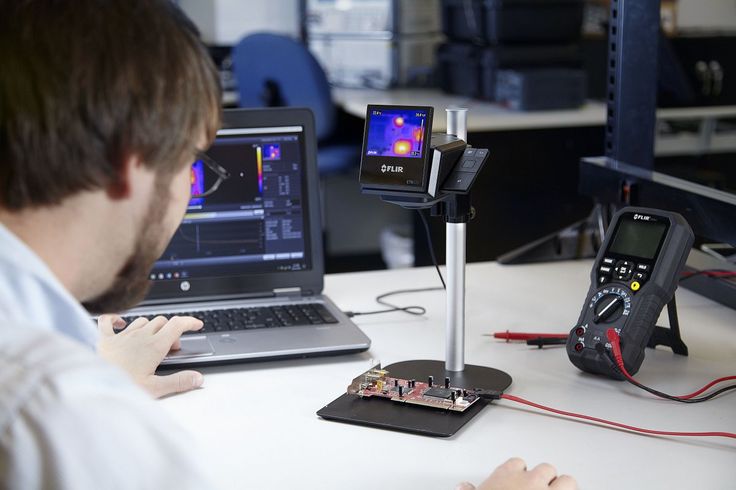

Conductive Anodic Filament (CAF) testing helps determine the reliability of the printed circuit board (PCB) laminate material or a finished product. As the conductor spacing and total part sizes become smaller, the need for this test increases.

The CAF test is carried out with 87% Relative Humidity (RH) at high temperature and high humidity conditions such as 65 or 85 ° C. The standard test method used is IPC-TM-9253, Method 9254A, which uses standard coupon designs such as IPC-9255, IPC-9256, IPC-650 and IPC 2.6.25. Several original equipment manufacturers (OEMs) use coupon design instead of their own standard coupon design. Coupon designs must contain different hole sizes; hole-to-hole, hole-to-plane, or Z-axis ranges; and glass fiber orientations to allow all possible failure modes to determine whether a laminate material meets the required requirements.
For the IPC test method, samples are subjected to environmental testing for 596 hours and a bias voltage is applied during the test period. Periodically high resistance measurements, samples are still carried out under conditions. Data is reviewed for large drops or high resistance short circuit (,1,00 x 107Ω). When CAF growth is suspected, a standard failure analysis is performed in the failed area.
Conductive Anodic Filament (CAF) Formation is defined in IPC-TM-650, Method 2.6.25A, the growth of metallic conductive salt filaments under the action through an electrochemical migration process that acts along a non-metallic conductive substrate.
The CAF test is often used as a standalone test, for IPC-4101 qualifications or as part of OEM specifications.
To get an appointment, to get more detailed information or to request an evaluation, you can ask us to fill in our form and reach you.